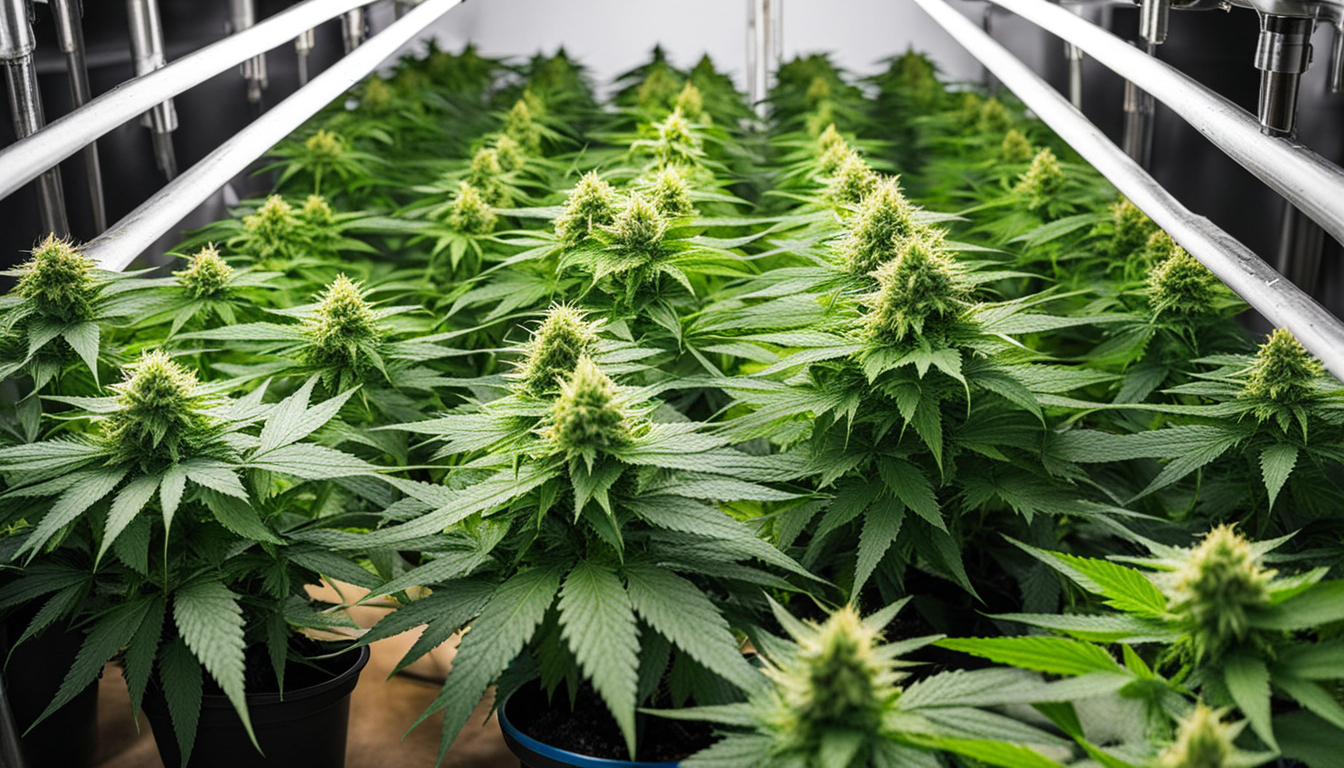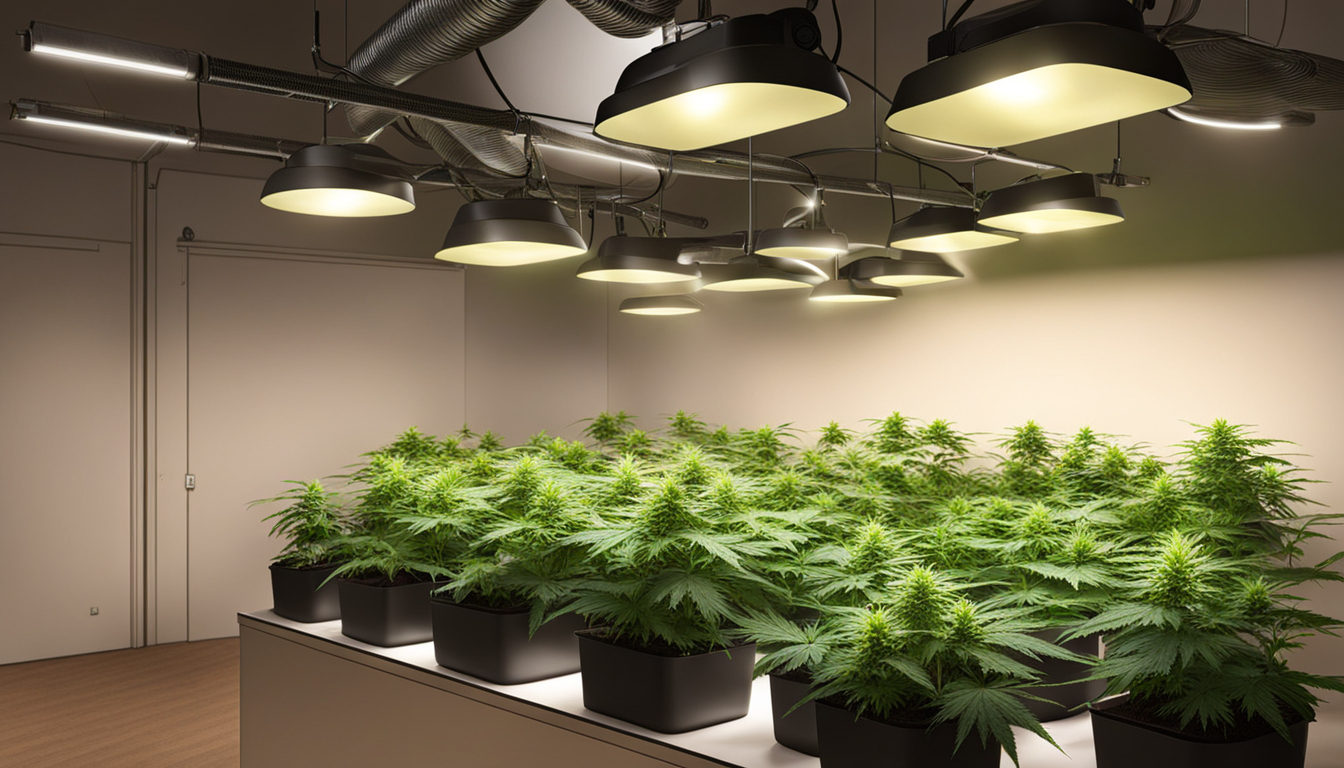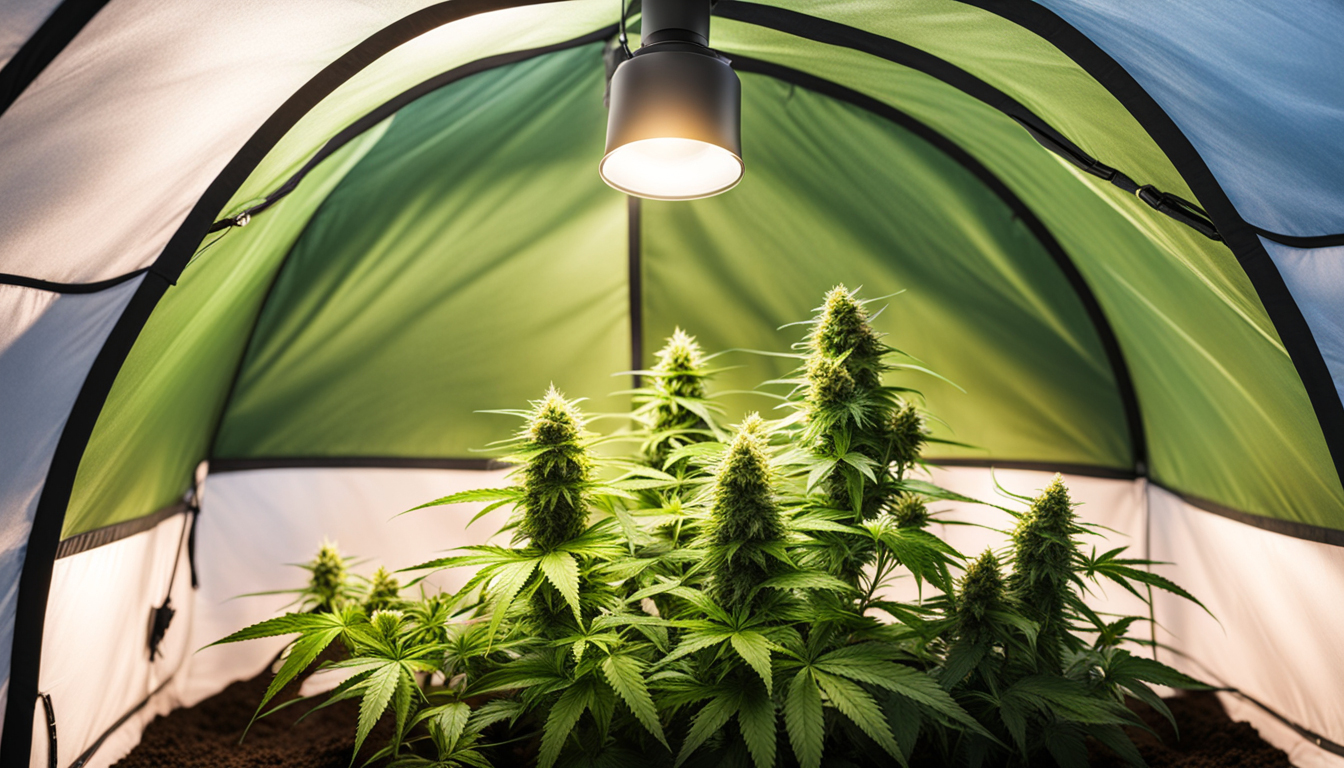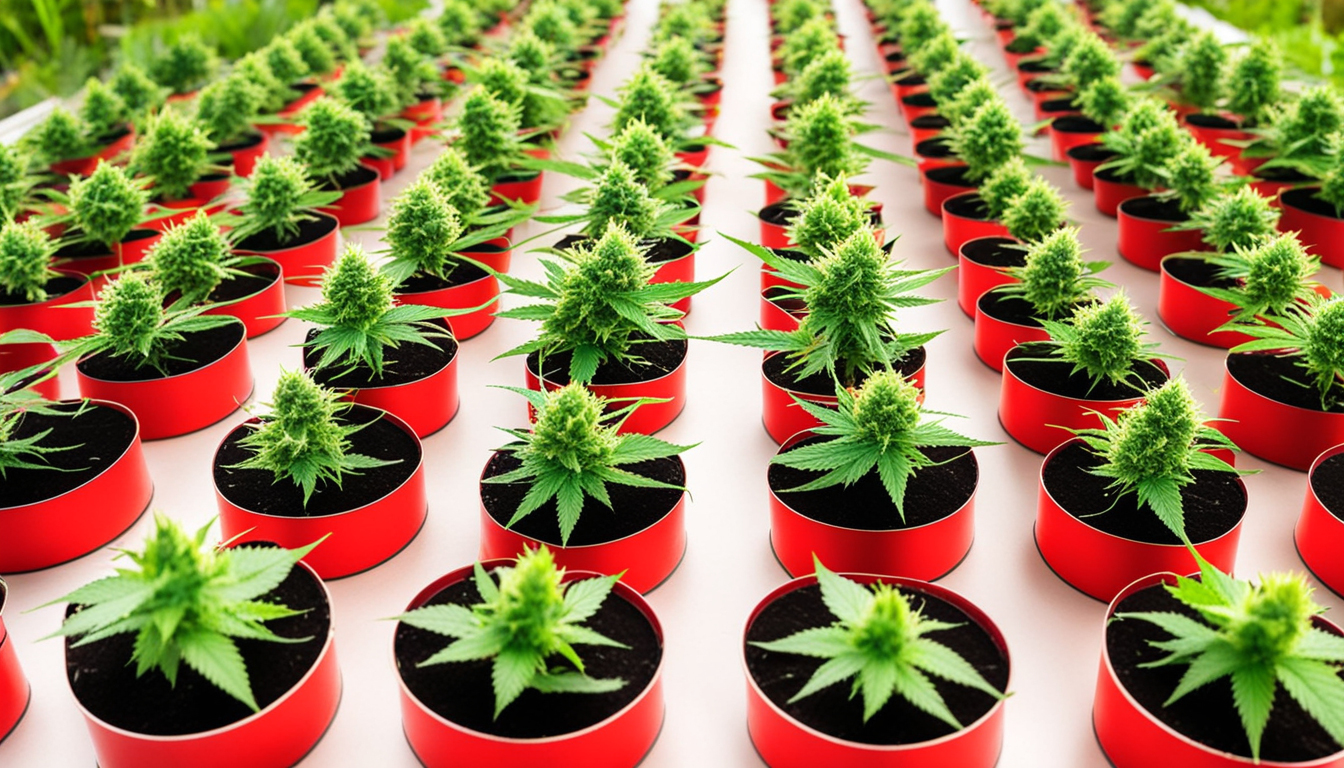
Whether you're beginning weed growing or looking to improve your existing harvest, following this complete guide will help you produce large, high-quality yields right at home. With the right equipment, methods, and care, cultivating marijuana indoors can be an extremely productive and cost-effective endeavor.
Choosing Cannabis Strains
The first step in planning your indoor crop is selecting the right marijuana cultivars to cultivate. The three main types of cannabis plants each have their own traits.
Energizing strains
Known for their invigorating mental effects, these strains spread tall and slender with narrow leaves. They thrive in warmer tropical climates and have a longer blooming time between 10-12 weeks indoors. Top sativa strains include Sour Diesel, Durban Poison, and Jack Herer.
Indicas
Indicas provide relaxing body-focused effects and spread short and bushy with wide leaves. Accustomed to colder mountain climates, they bloom faster within 2-2.25 months. Popular relaxing varieties include Northern Lights, Bubba Kush, and Bubba Kush.
Mixed strains
Hybrid strains blend traits from both sativas and indicas. They offer combined effects and have medium blooming times around 2.25-2.5 months. Popular mixes are Blue Dream, OG Kush, and Blue Dream.

Setting Up Your Cultivation Space
Pot plants need the right controlled environment to thrive. Key factors for indoor farms are lighting, ventilation, layout, and finding the ideal discreet spot.
Location
Choose an unused space with direct access to irrigation and electrical outlets. An empty spare room, large closet, basement corner, or cultivation tent securely placed in a garage all make great hidden grow room spots.
Lights
Marijuana requires strong light for all growth stages. LEDs are efficient and come in full spectrum options mimicking real sunlight. Cover 15-25 watts per sq. ft for the growth stage and 20-40 watts per sq. ft. for bloom.
Ventilation
Proper ventilation and exhaust systems keep ideal temperature, moisture, and pure CO2 levels. Install quiet 10-15 cm fans or carbon filters to circulate stale air and reduce smells.
Layout
Maximize your space by arranging plants strategically under the lamps and leaving room to reach and work around them. Set up separate zones for vegetation, bloom, drying, and propagation.

Growing Substrates
Cannabis can be cultivated in different substrates, each with benefits and cons. Pick a proper option for your particular setup and growing style.
Soil
The traditional substrate, soil is inexpensive and easy for new growers. It provides great taste but needs more watering and nutrients to nourish plants. Enrich soil with vermiculite or coco to enhance drainage.
Coco Coir
Made from coir, reusable coconut fiber holds water but still allows air to the roots. It's more sterile and more consistent than soil. Use coco-specific fertilizers to avoid accumulation.
Hydroponics
In hydro systems, plant roots develop directly in nutrient irrigation solution. This allows rapid development but needs close monitoring of solution chemistry. Deep water culture and irrigation systems are popular techniques.
Sprouting Seeds
Sprouting activates your weed seeds to start sprouting radicles. This readies them for planting into their cultivation medium.
Towel Method
Place seeds between damp paper towel and maintain them moist. Check after a week for growing taproots indicating sprouting is complete.
Planting directly
Plant seeds right into wetted growing medium 1⁄4 inch deep. Gently water and wait 7-14 days until seedlings push through the top.
Cubic rockwool
Presoak rockwool cubes in pH-adjusted water. Place seeds 1⁄4 inch deep into the cubes. Keep cubes moist until seedlings appear within a week to 2 weeks.
Transplanting Seedlings
Once sprouted, pot young plants need to be transplanted to avoid crowding. Move them into proper sized pots.
Preparing Containers
Fill final containers with cultivation medium amended with slow-release fertilizer. Let pots to soak up water overnight before transplanting.
Carefully Transplanting
Carefully loosen young roots from germination medium using a spoon. Place into prepared container at equal depth as before and gently water in.
Growth Stage
The growth stage promotes leafy growth and plant structure through 18-24 hours of continual lighting exposure. This stage usually lasts 4-8 weeks.
Providing 18-24 Hours of Lighting
Use lamps on a 24 daily schedule or outdoor light to initiate nonstop photosynthesis. Light intensity influences size and internodal spacing.
Fertilizing
Use vegetative stage nutrients higher in nitrogen. Make sure pH remains around 5.8-6.3 for full fertilizer uptake. Feed 1⁄4 to 1⁄2 strength after 2 weeks and increase gradually.
Training Techniques
Topping, low stress training, and scrogging manipulate growth patterns for even canopies. This increases yields.

Flowering Stage
The flowering stage develops buds as plants reveal their sex under a 12 hour cycle schedule. It lasts 8-12 weeks depending on variety.
Changing Light Schedule
Change lamps to 12/12 or move outdoors for outdoor 12 hour Send a Message cycle. This triggers plants to start flowering.
Flushing
Leaching removes nutrient salts to enhance flavor. Fertilize weakly the first period then just use pH'd water the final 2 weeks.
Flushing
Continue 12/12 light timing but leach using pH-balanced water only. Resume clean watering if buds aren't yet mature after two weeks.
Harvesting
Knowing when pot is completely mature ensures maximum potency and aroma. Cut down plants at peak maturity.
Signs of readiness
Look for swollen calyxes, faded pistils, and 5-15% cloudy trichs. Check buds around the plant as they won't all ripen evenly.
Harvesting plants
Use sterilized, razor-sharp pruning shears to carefully slice each plant at the base. Leave 5-10cm of stalk attached.
Drying
Suspend intact plants or colas upside down in a lightless room with moderate temperature and RH around 50-60% for 7-14 days.
Aging
Curing keeps desiccating while aging the buds like aged spirits. This process smooths bitterness and further develops terpene contents.
Jars and Humidity
Manicure dried buds from branches and place into glass jars, packing about 3⁄4 full. Use a sensor to measure container moisture.
Opening jars daily
Open containers for a few hours each day to slowly reduce humidity. Remoisten buds if RH drops below 55%.
Long term storage
After 2-3 weeks when moisture stabilizes around 55-65%, do a final manicure and store forever in sealed jars.
Common Problems and Solutions
Even seasoned growers run into different cannabis plant problems. Detect issues soon and address them properly to keep a healthy garden.
Poor feeding
Yellowing leaves often signify insufficient nitrogen. Anthocyanins and leaves show low phosphorus. Check pH and increase fertilizers gradually.
Bugs
Spider mites, fungus gnats, mites, and root aphids are frequent cannabis pests. Use organic sprays, ladybugs, and yellow traps for organic Learn More control.
Mold
Excessive humidity promotes powdery mildew and bud rot. Increase airflow and venting while lowering RH below 50% during bloom.

Conclusion
With this complete indoor marijuana growing guide, you now have the knowledge to grow bountiful strong buds for personal harvests. Follow these techniques and methods throughout the seed starting, vegetative, and bloom stages. Spend in good equipment and carefully check Contact Us Today on your plants. In time, you'll be compensated with sticky aromatic buds you grew yourself under the patient guidance of your green hands. Good luck cultivating!